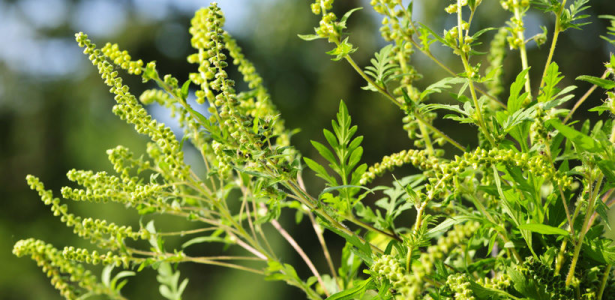Would you folks please share some examples of forb species that I could broadcast in with a NWSG mix, that are not nescisarily pollinators?
What I am finding around here is that some of the local seed providers pre-mix for CRP plantings and pollinator plantings that folks do cost share on. That's great except that for me, the problem is, I don't cost share. It seems forb/pollinator species like false sunflower, Bundleflower, Coneflower and Black eyed susan are pricey.
I don't necessarily need pollinator species, but I would like a strong forb component in my NWSG planting and hopefully at a lower cost than "pollinator forbs"
Any species recommendations, along with seeding rates in a NWSG mix would be much appreciated. Also, if it matters, I am wanting to key in more on Turkey than Deer for this particular case.
What I am finding around here is that some of the local seed providers pre-mix for CRP plantings and pollinator plantings that folks do cost share on. That's great except that for me, the problem is, I don't cost share. It seems forb/pollinator species like false sunflower, Bundleflower, Coneflower and Black eyed susan are pricey.
I don't necessarily need pollinator species, but I would like a strong forb component in my NWSG planting and hopefully at a lower cost than "pollinator forbs"
Any species recommendations, along with seeding rates in a NWSG mix would be much appreciated. Also, if it matters, I am wanting to key in more on Turkey than Deer for this particular case.
